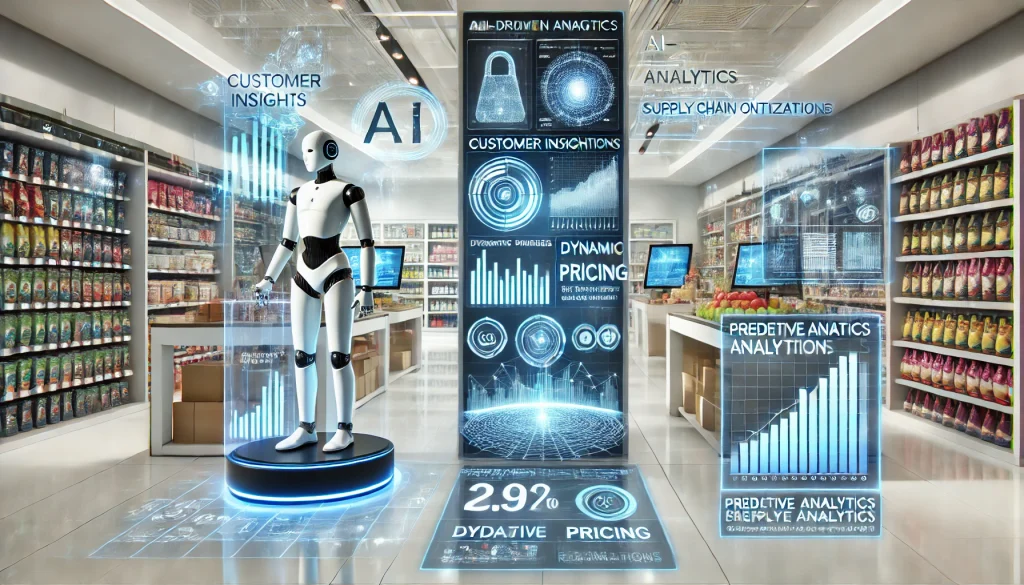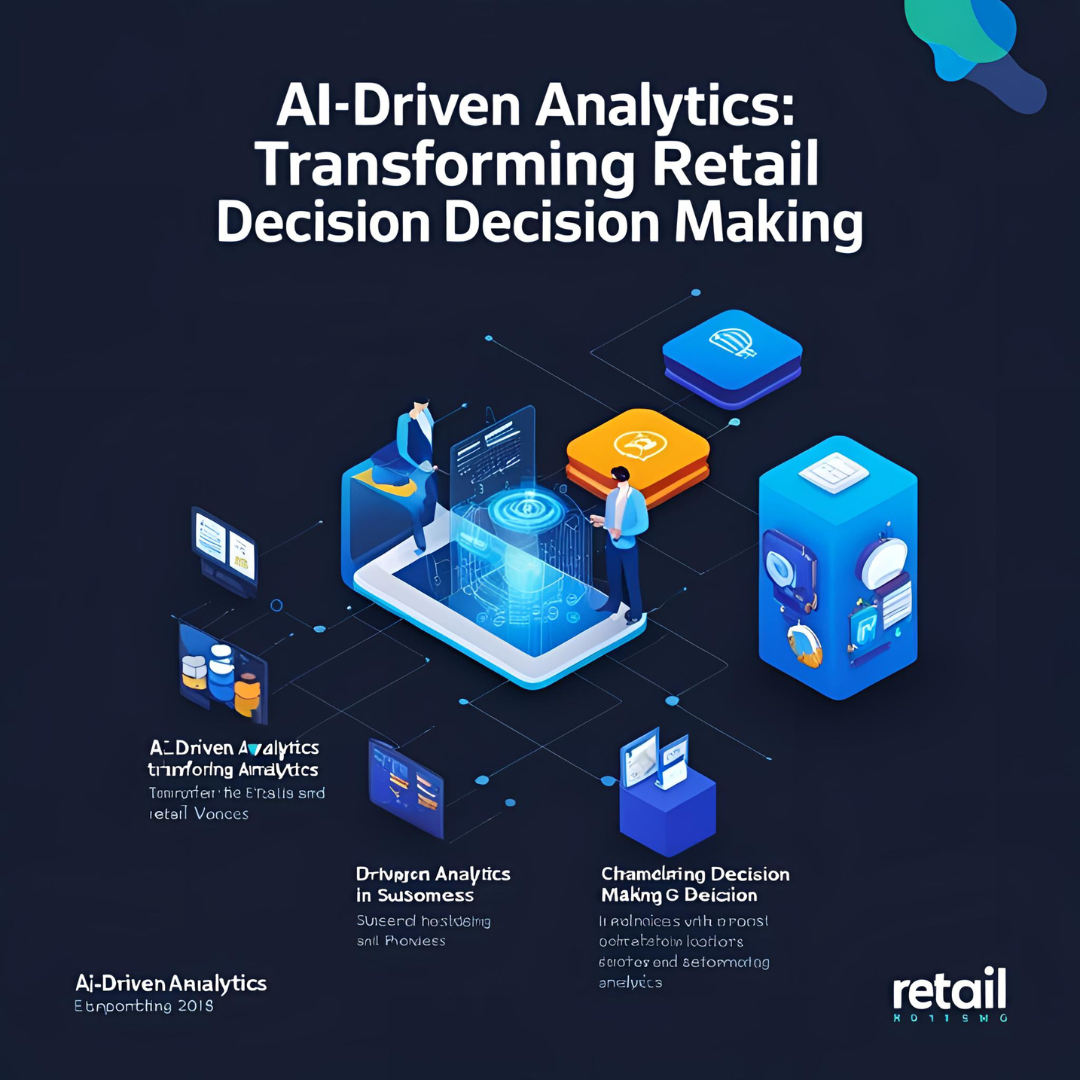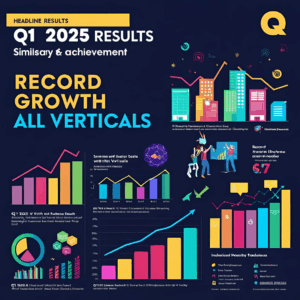
AI-Driven Analytics: Transforming Retail Decision Making
In today’s fast-paced retail landscape, businesses must constantly adapt to shifting consumer preferences, competitive pressures, and evolving market trends. Artificial Intelligence (AI)-driven analytics is playing a transformative role in enabling retailers to make data-driven decisions with speed and precision. By leveraging AI, businesses can gain deeper insights into customer behavior, optimize operations, and enhance overall profitability.
Understanding AI-Driven Analytics in Retail
AI-driven analytics involves the use of machine learning algorithms, predictive modeling, and real-time data processing to analyze vast amounts of information. These insights empower retailers to make strategic decisions based on accurate and actionable data. AI can process diverse datasets, including sales records, customer feedback, social media trends, and supply chain logistics, to generate meaningful recommendations.
Key Benefits of AI-Driven Analytics
Enhanced Customer Experience: AI helps retailers personalize shopping experiences by analyzing customer preferences and purchase history. Chatbots, recommendation engines, and dynamic pricing strategies ensure tailored interactions, leading to higher customer satisfaction and loyalty.
Demand Forecasting: Traditional demand forecasting methods often fall short due to their reliance on historical data alone. AI-driven analytics leverages real-time insights, market trends, and external factors to predict demand fluctuations with greater accuracy, reducing stockouts and overstocking.
Optimized Inventory Management: By integrating AI with inventory management systems, retailers can automate restocking processes, minimize waste, and maintain optimal stock levels. AI-driven supply chain analytics also identify inefficiencies and recommend cost-saving strategies.
Fraud Detection and Loss Prevention: AI-driven fraud detection systems analyze transaction patterns to identify suspicious activities, helping retailers mitigate financial losses. Real-time monitoring of transactions and customer behavior enhances security and trust.
Pricing Optimization: AI algorithms assess market trends, competitor pricing, and consumer demand to determine the best pricing strategies. Dynamic pricing models adjust prices in real time, maximizing sales and profit margins.
Marketing and Customer Insights: AI-powered analytics enables retailers to segment customers based on purchasing behavior, demographics, and engagement levels. This helps businesses craft targeted marketing campaigns and allocate resources efficiently.
Challenges and Considerations
While AI-driven analytics offers immense benefits, retailers must address certain challenges. Data privacy and security concerns must be managed carefully, ensuring compliance with regulations like GDPR. Additionally, AI implementation requires significant investment in technology and skilled personnel. Retailers must also ensure AI models are unbiased and transparent to maintain consumer trust.
Conclusion
AI-driven analytics is revolutionizing the retail industry by enabling smarter decision-making, enhancing customer experiences, and optimizing business operations. As AI technology continues to evolve, retailers that embrace data-driven strategies will gain a competitive edge in an increasingly digital marketplace. By harnessing the power of AI, businesses can drive growth, improve efficiency, and adapt to ever-changing consumer demands with confidence.





